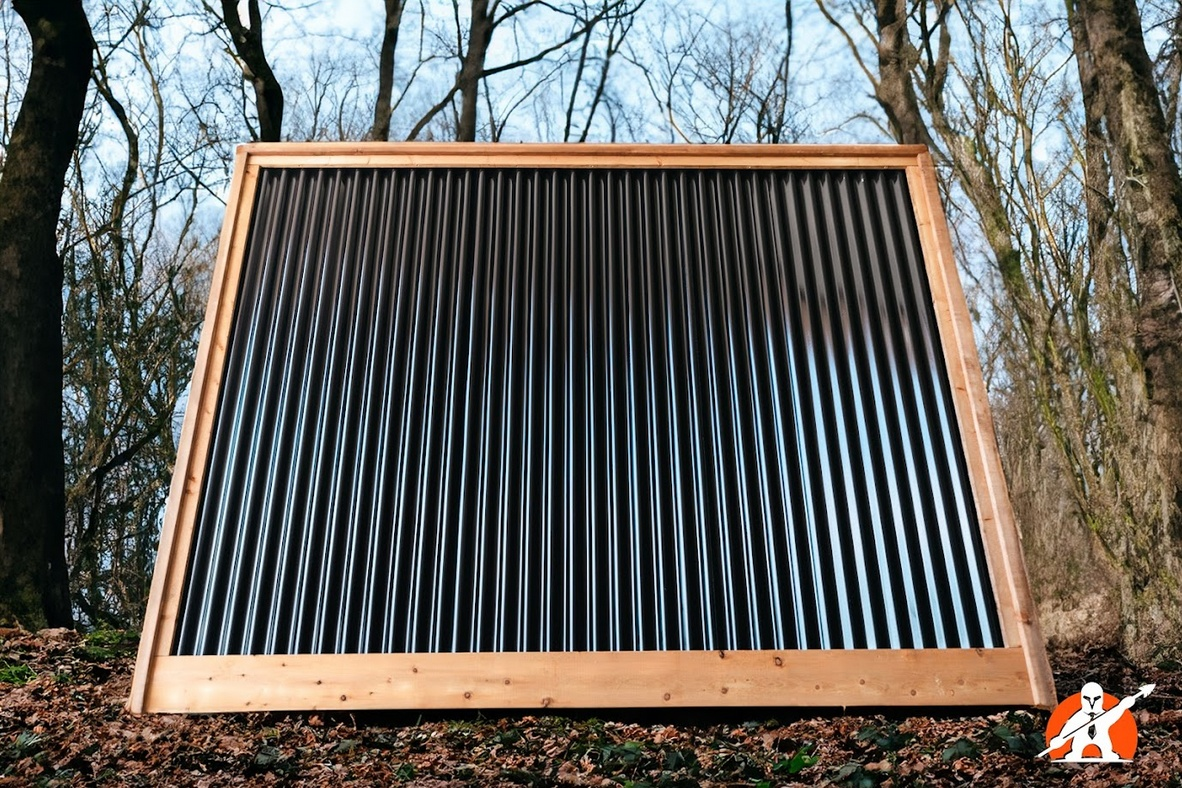Wood or Metal: Which Fence Wins?
August Wilson famously wrote, "Some people build fences to keep people out and other people build fences to keep people in." How insightful. So now we've talked philosophy, here comes the practical question: which material to use?
When choosing panels for your fence, two popular options surface: wood fence panels and metal fence panels. Each type offers unique benefits and drawbacks. Your choice will consider your specific needs, preferences, and budget.
This detailed comparison will explore the characteristics, pros, and cons of wood and metal fence panels. Good information empowers a good decision.
Aesthetics and Design
Wood Fence Panels
People regard wood fence panels for their natural beauty and timeless appeal. They can blend with many landscapes and architectural styles, from rustic country homes to modern urban properties. Popular styles include picket, lattice, and board-on-board designs.
The flexibility in design is another advantage. Various stains, paints, and finishes can customize wood to achieve the desired look. Bear in mind that paints and treatments require periodic updates.
Metal Fence Panels
Metal fence panels, typically made from aluminum, steel, or wrought iron, offer a sleek and contemporary aesthetic. Crafted designs or patterns can add a touch of elegance to any property.
Metal fences are available in various colors and finishes, including powder coating, which enhances their visual appeal and durability. High-quality paints and finishes on metal can withstand weather and ensure curb appeal for decades.
Durability and Maintenance
Wood Fence Panels
Wood fences, while pleasing to the eye, require regular maintenance to ensure longevity. They are vulnerable to rot, insect damage, and weather-related wear and tear. To maintain a wood fence, periodic staining or painting, sealing, and inspections for damage are necessary. High-quality wood, such as cedar or redwood, offers better resistance to decay and pests but costs more.
Metal Fence Panels
Metal fences are known for their exceptional durability and low maintenance requirements. They are non-combustible and may prevent the spread of fire. Aluminum and galvanized steel are resistant to rust and corrosion, making them ideal for areas with harsh weather conditions. Wrought iron, while strong, requires occasional maintenance to prevent rusting. Generally, a metal fence requires just periodic cleaning to keep its appearance and integrity.
Cost Considerations
Wood Fence Panels
The cost of wood fence panels can vary widely based on the type of wood and the complexity of the design. On average, wood fences are less expensive to install initially. However, the ongoing maintenance costs collect over time.
Metal Fence Panels
Because of material price and the installation process, metal fence panels tend to have a higher upfront cost. The large upside is minimal maintenance needs, meaning lower long-term costs. Investing in a metal fence can be cost-effective if you consider its lifespan and durability.
Environmental Impact
Wood Fence Panels
Wood is a renewable resource, and when sourced responsibly, it can be an environmentally friendly option. However, the environmental impact of wood fences includes deforestation concerns and chemical leaching from treatments. Opt for sustainably harvested wood and eco-friendly treatments.
Metal Fence Panels
Metal fences are typically recyclable, which can reduce environmental footprint. The production process for metals, however, involves significant energy consumption and emissions. On the plus side, the durability and longevity of metal fences mean less frequent replacement, reducing waste over time.
Security and Privacy
Wood Fence Panels
Wood fences are excellent for privacy, as solid panels can create a barrier that is difficult to see through. They provide security when built to a sufficient height and with sturdy materials. However, wood fences might in some cases be easier to climb than metal fences.
Metal Fence Panels
The strength and height of metal fences, particularly those made from steel or wrought iron, offer superior security. Pointed tops or other added features deter climbing. Privacy slats or panels can create a solid metal privacy fence.
Installation and Customization
Wood Fence Panels
Wood fence installation is fairly simple, and many property owners choose to do it themselves. Anyone with knowledge of a saw can cut panels to fit and customize designs on-site. However, the installation process will require precision to ensure stability and longevity.
Metal Fence Panels
Installing metal fences often requires professional help due to the weight and complexity of the materials. Customizing is usually done during the manufacturing process. Thus, it is key to have accurate measurements and design specifications beforehand. While this can add to the cost, the result is a highly durable and tailored fence.
As a solution for either material, premade panels can make an installation straightforward if measurements are accurate.
Conclusion
Choosing between wood panels and metal panels involves considering a lot of factors. Wooden fences offer a classic and natural look but require regular upkeep. Metal fences provide superior durability and security with minimal maintenance, not to mention premium fire-resistance, but come with a higher initial cost. By weighing your requirements, you can select the fencing option that is the right type for your property and lifestyle.
For top-quality framed or unframed metal fence panels, consider BarrierBoss, known for exceptional craftsmanship and durable materials. BarrierBoss provides a range of metal and wood fencing solutions that combine security, aesthetics, and low maintenance. Their products are designed to last, ensuring a good return on your investment. Whether you're looking for residential or commercial fencing, BarrierBoss has the expertise and products to better your fence project.



